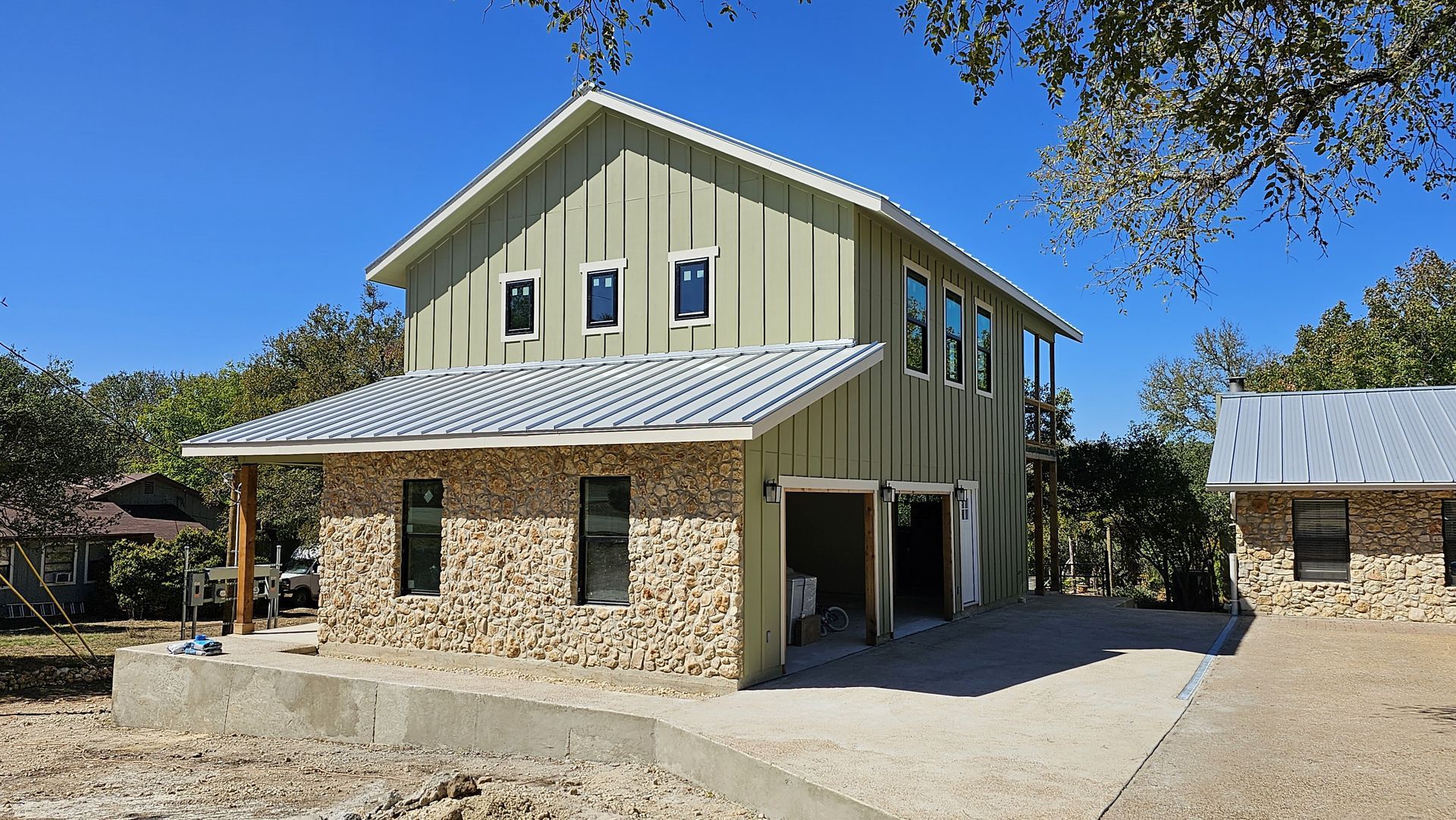Summer Construction Tips: Beat the Heat and Keep Your Project on Track
Summer can be a productive time for construction projects, with long daylight hours and generally favorable weather. However, the intense heat can also pose significant challenges for construction crews and impact the quality of work if not properly managed. Working safely and efficiently in hot weather requires careful planning, proactive measures, and a commitment to worker well-being.
At Five Mile Construction, we have extensive experience managing construction projects during the summer months. We understand the challenges that heat presents and have developed strategies to mitigate its impact, ensuring that our projects stay on schedule and our workers remain safe and productive. This blog post shares our expert tips for beating the heat and successfully managing construction projects during the summer.
Start Early, End Early: Adjusting Work Schedules
One of the most effective ways to combat the summer heat is to adjust work schedules to avoid the hottest part of the day.
- Early Starts: Begin work as early as possible, ideally before sunrise, to take advantage of the cooler morning temperatures.
- Extended Breaks: Implement longer and more frequent breaks during the hottest hours of the afternoon.
- Shorter Workdays: Consider shortening the workday, ending earlier in the afternoon when temperatures peak.
- Shifting Schedules: If possible, shift work schedules to evenings or nights when temperatures are cooler.
Hydration is Key: Preventing Heat-Related Illnesses
Dehydration is a serious risk during summer construction. It's crucial to ensure that workers have access to plenty of cool drinking water throughout the day.
- Ample Water Supply: Provide an abundant supply of cool, fresh drinking water at the job site.
- Encourage Regular Hydration: Remind workers to drink water frequently, even if they don't feel thirsty. Aim for small sips throughout the day rather than large amounts infrequently.
- Electrolyte Replacement: Consider providing electrolyte drinks or supplements to help replenish lost salts and minerals.
- Educate Workers: Train workers on the signs and symptoms of heat-related illnesses, such as heat exhaustion and heat stroke, and emphasize the importance of hydration.
Provide Shade and Cooling: Creating a More Comfortable Work Environment
Providing shade and opportunities for cooling down can significantly improve worker comfort and productivity.
- Temporary Shade Structures: Erect temporary shade structures, such as canopies or tarps, over work areas.
- Cooling Stations: Set up designated cooling stations with fans, misters, or even portable air conditioners.
- Rest Areas: Provide shaded rest areas where workers can take breaks and cool down.
- Ventilation: Ensure adequate ventilation in enclosed work areas.
Acclimatization: Gradual Adjustment to Heat
Acclimatization is the process of gradually adapting to working in hot conditions. It's especially important for new workers or those returning after a period of absence.
- Gradual Increase in Workload: Gradually increase the workload and exposure to heat over a period of 7-14 days.
- Monitor Workers: Pay close attention to workers during the acclimatization period, watching for signs of heat stress.
Appropriate Clothing and Gear: Protection from the Sun
Wearing appropriate clothing and using protective gear can help workers stay cool and protected from the sun's harmful rays.
- Light-Colored Clothing: Encourage workers to wear light-colored, loose-fitting clothing made from breathable fabrics like cotton.
- Hats and Sun Protection: Provide wide-brimmed hats to protect the face, neck, and ears from the sun.
- Sunscreen: Make sunscreen readily available and encourage its use.
- Cooling Vests: Consider providing cooling vests or bandanas for workers in extreme heat conditions.
Modify Work Practices: Adjusting to the Heat
Certain construction tasks may need to be modified or rescheduled to minimize heat exposure.
- Concrete Pours: Schedule concrete pours for early morning or late evening to prevent rapid drying and cracking.
- Asphalt Work: Similar to concrete, asphalt work should be done during cooler parts of the day.
- Roofing Work: Roofing can be extremely hot in the summer. Schedule this type of work for cooler parts of the day and provide ample shade and hydration for workers.
- Heavy Lifting: Limit strenuous activities during the hottest part of the day.
Monitor Weather Conditions
Stay informed about weather forecasts and heat advisories.
- Heat Index: Pay attention to the heat index, which combines temperature and humidity to provide a more accurate measure of how hot it feels.
- Adjust Schedules: Be prepared to adjust work schedules or implement additional safety measures based on weather conditions and heat advisories.
Emergency Preparedness
Have a plan in place for dealing with heat-related illnesses.
First Aid Training: Ensure that supervisors and key personnel are trained in first aid and know how to recognize and respond to heat-related illnesses.
Emergency Contacts: Keep a list of emergency contacts readily available.
Cooling Supplies: Have ice packs, cold compresses, and other cooling supplies on hand.
Five Mile Construction: Prioritizing Safety and Efficiency in All Seasons
At Five Mile Construction, we're committed to the safety and well-being of our workers, especially during the challenging summer months. We implement comprehensive heat safety protocols on all our job sites, including:
- Heat Safety Training: We provide regular training to our workers on heat stress prevention, recognition, and response.
- Acclimatization Programs: We implement acclimatization procedures for new workers and those returning from breaks.
- On-Site Monitoring: Our supervisors closely monitor weather conditions and worker well-being throughout the day.
- Flexible Scheduling: We adjust work schedules as needed to minimize heat exposure.
- Ample Hydration and Shade: We ensure that workers have access to plenty of cool drinking water and shaded rest areas.
Contact us today to discuss your summer construction project. Let us help you beat the heat and deliver a successful project, safely and efficiently!



